
- Home
- News
- Analysis
- States
- Perspective
- Videos
- Education
- Entertainment
- Elections
- World Cup 2023
- Features
- Health
- Business
- Series
- Economy Series
- Earth Day
- Kashmir’s Frozen Turbulence
- India@75
- The legend of Ramjanmabhoomi
- Liberalisation@30
- How to tame a dragon
- Celebrating biodiversity
- Farm Matters
- 50 days of solitude
- Bringing Migrants Home
- Budget 2020
- Jharkhand Votes
- The Federal Investigates
- The Federal Impact
- Vanishing Sand
- Gandhi @ 150
- Andhra Today
- Field report
- Operation Gulmarg
- Pandemic @1 Mn in India
- The Federal Year-End
- The Zero Year
- Premium
- Science
- Brand studio
- Home
- NewsNews
- Analysis
- StatesStates
- PerspectivePerspective
- VideosVideos
- Entertainment
- ElectionsElections
- Sports
- Loading...
Sports - Features
- BusinessBusiness
- Premium
- Loading...
Premium
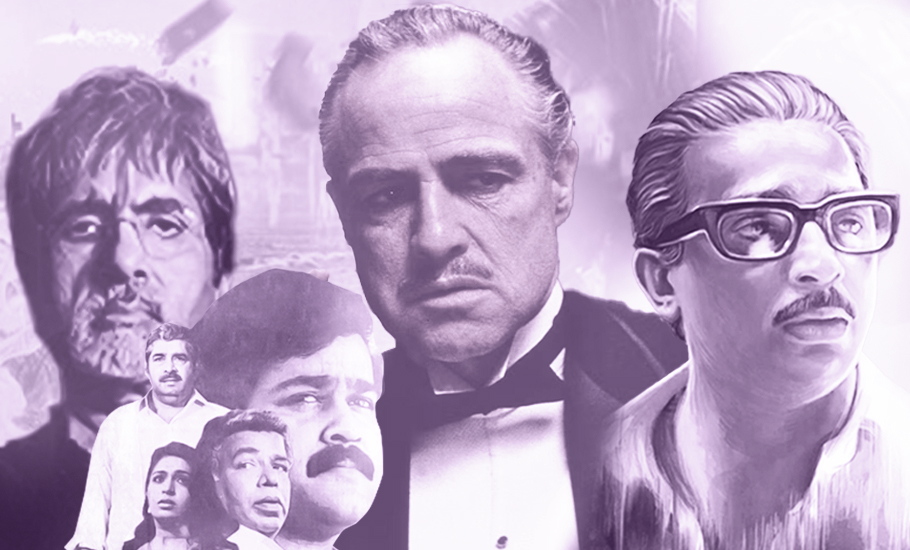
50 years on, why Indian filmmakers can’t get over The Godfather

“One of the few things director Francis Ford Coppola found funny about the filming of The Godfather was the fuss over the word ‘mafia’.” This is what the Lodi News-Sentinel, a US newspaper, wrote on March 14, 1972, the day The Godfather was released. As time went by, not only did the controversy over the use of the word in the movie die down, but films based on the...
“One of the few things director Francis Ford Coppola found funny about the filming of The Godfather was the fuss over the word ‘mafia’.”
This is what the Lodi News-Sentinel, a US newspaper, wrote on March 14, 1972, the day The Godfather was released.
As time went by, not only did the controversy over the use of the word in the movie die down, but films based on the underworld across the world started using the word ‘mafia’ for organised crime.
The Godfather trilogy, in fact, became a reference for many other mafia movies made in various languages across the globe. The film didn’t just give us some iconic lines such as “I’ll make him an offer he can’t refuse,” and “It’s not personal, it’s strictly business”, which became our lingua franca, but also inspired a great many underworld films – from Goodfellas (1990) to Casino (1995) and Donnie Brasco (1997) to Bollywood’s Sarkar (2005) and one of the many such recent web series Sacred Games (2018).
Even today many filmmakers have a script or two based on the underworld in their minds. It would not be too far-fetched to say that most draw their inspiration from the phenomenal success of The Godfather.
Based on Italian American author Mario Puzo’s 1969 novel by the same name, The Godfather had set a benchmark on how to make a gangster film more realistic. Starring Marlon Brando and Al Pacino, the most influential actors of the 20th century, the film brought to screen a humanised side of the characters which made the audience realise that even gangsters who wield immense power and pelf, are victims of their inherent faults and fears.
While today we characterise the movie as a ‘mafia film’, during the filming, the Italian-American groups objected to the use of the word ‘mafia’ because until then the word had been used only to refer to Cosa Nostra, a Sicilian organised crime syndicate. In Italy, the word was used as a slang and so the Italian-American groups feared that using the word ‘mafia’ in the movie would typecast the Italian-American community.
The first part of the trilogy that triggered a debate over the word mafia marks its 50th year anniversary this year. Considered as one of the greatest and most influential films to be ever made, the series continues to attract filmmakers and movie enthusiasts across the globe.
The title itself left such a profound impact that many Indian filmmakers picked up the title for their films. A 2012-Kannada film starring Upendra and a Malayalam film (in 1991) starring NN Pillai and Mukesh were also named Godfather. In 2020, a Tamil film starring cinematographer Natty aka Natraj was named Godfather. And now, Chiranjeevi’s upcoming film, which is an official remake of the Malayalam film Lucifer (2019), too has been named Godfather.
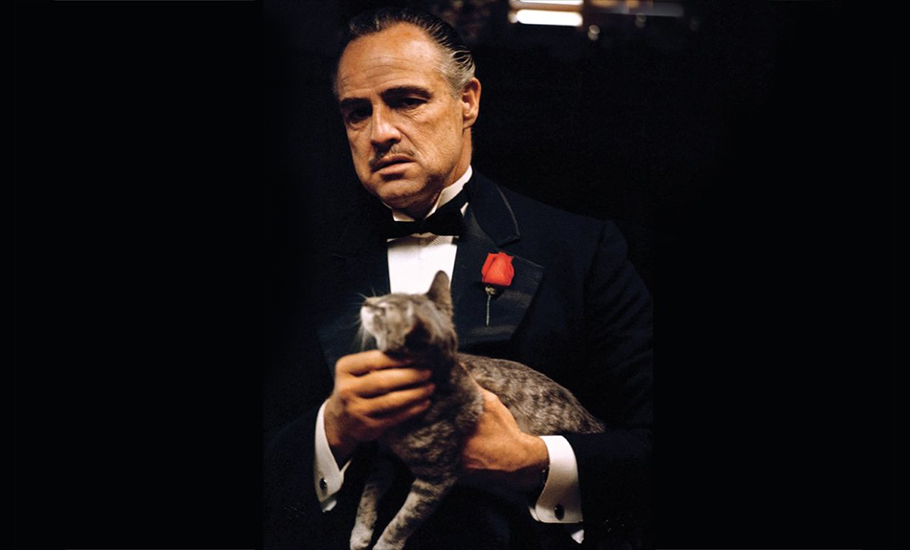
While Coppola’s The Godfather inspired many filmmakers, only a handful have been able to do justice in both letter and spirit when it comes to making movies on the underworld.
Over the last 50 years, only three Indian films — Nayakan (Tamil-1987), Naduvazhikal (Malayalam-1989) and Sarkar (Hindi-2005) — came somewhat close to what can be called as truly inspired from The Godfather.
The real Godfather
The Godfather delineated the story of the Corleone family which was infamous for being in the business of organised crimes. The movie follows the lives and times of two main characters, Don Vito Corleone (played by Marlon Brando) and his son and successor Michael Corleone (played by Al Pacino). The first part covers the period between 1945 and 1955 during which Vito faces an assassination attempt and eventually dies and how circumstances pushed Michael to emerge as the successor of the Corleone family.
The second part of the trilogy has two plots, one showing how Michael protects the family and runs the business successfully and the other depicts how a young Vito, who migrated to New York from Sicily, built his empire. This film acts both as a sequel and prequel to the first part. It is interesting to note that the film received both positive and negative criticisms. Positive for portraying the difficult journey of Italians migrating to the United States during the Civil War, one of the biggest migrations in world history, and negative for stereotyping the Italians as ‘mobsters’, an allegation made by the Italian-American Civil Rights League.
The third and final part shows the later life of Michael and the price he paid to legitimise his illegal empire. Film scholars say these three films, more than anything, have changed the way Italian-Americans are perceived.
“When I saw The Godfather: Part II, and when ten minutes into the film there is the image of the young Vito on board the ship coming to America and passing by the Statue of Liberty, all of a sudden the light bulb went off. That image brought home to me my grandfather’s journey and how brave, at age 13, he was arriving here alone. At age 13, I was in a private school running around wearing my uniform and school tie, so removed from his experience. So, it became not just a movie I loved as a movie lover, but a very personal depiction of the American journey for me,” said Tom Santopietro, author of The Godfather Effect: Changing Hollywood, America and Me, in a 2012 interview to Smithsonian magazine.
What establishes the continuum in the trilogy, and thereby enhances its credulity, apart from the storyline, is the cinematography.
“One of the major highlights of this trilogy is the cinematography by Gordon Willis. While the first film was released in 1972, the second in 1974 and the third in 1990, the audience can feel that particular periodicity in each film. This was true at least in the first two films because Willis used the same kind of camera and lenses for both the films. His usage of golden amber, brown and black colours in each and every frame introduces a feeling of melancholy in the audience,” Deepak, a cinematographer and director of the film Witness (2022), told The Federal.
Nayakan: Inspiration justified
Ace filmmaker Mani Ratnam has confessed in the past that what inspired him to make Nayakan was The Godfather. Throughout the film, one can see the inspiration truthfully reflected. For instance, take the opening scene of Nayakan – a boy runs away from his village and lands in Mumbai. This was akin to the scene in The Godfather: II, where Vito Corleone arrives in New York from Sicily.
In a scene in which Velu Nayakar (played by Kamal Haasan) and his coterie attend a meeting of fellow gangsters, Haasan’s makeup helps him resemble Al Pacino in The Godfather. The scenes such as the one in which Velu Nayakar’s wife is shot dead by the gangsters of another group and an old man begs Velu to take revenge, was drawn straight from The Godfather. All this shows how Mani Ratnam faithfully embraced the spirit of Coppola’s film into his own work with Nayakan.
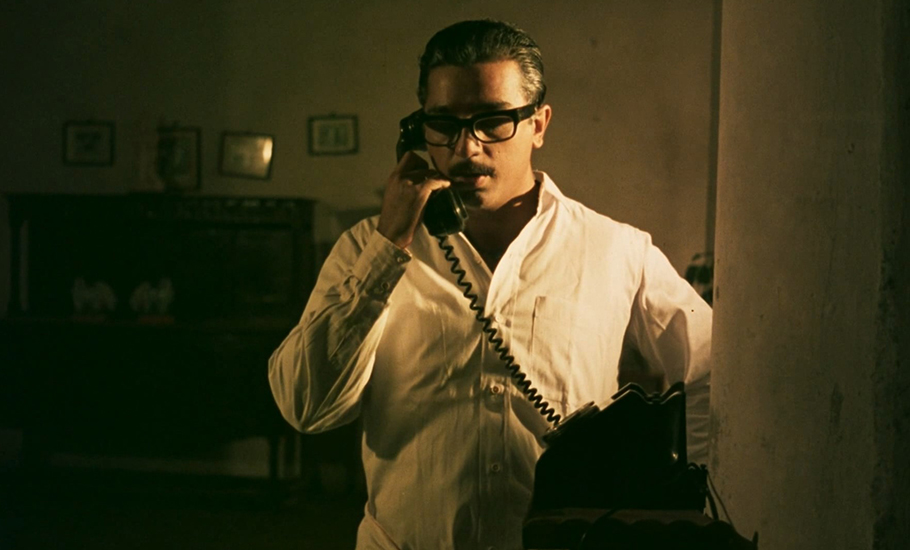
“Many say Nayakan was inspired by The Godfather. That is true. But on the other hand, it appears that Mani Ratnam is still unable to come out of the spell cast by the Hollywood film. In every other Mani Ratnam film, you can find some shades of the epic Hollywood film in one or two scenes. For example, in his last venture Chekka Chivantha Vaanam (2018), Ethirajan’s (played by Silambarasan) wedding scene appears to be inspired by the scene where Michael Corleone (Al Pacino) gets married in Sicily,” Elangovan Muthaiah, a film writer, told The Federal.
It is said that the 2021 Malayalam film Malik, starring Fahadh Fazil, was kind of a tribute to Nayakan. The film’s director Mahesh Narayanan also confessed that The Godfather was an inspiration for him.
Naduvazhikal – A trendsetter in Malayalam
If The Godfather has set the standards for a ‘mafia’ film, it would not be an exaggeration to say that Naduvazhikal (1989) had set the trend for mobster films in Malayalam. The film came at a time when the actor Mohanlal was growing up and doing more films as an angry young man.
The film follows the character of Arjun (played by Mohanlal), a happy-go-lucky youth who lives in Bengaluru. His father Ananthan (played by Madhu) is an affluent businessman with a shady past. Ananthan is killed by Chekkudi Brothers (played by Devan and Murali) because of a business rivalry. Arjun avenging his father’s murder forms the plot of the story.
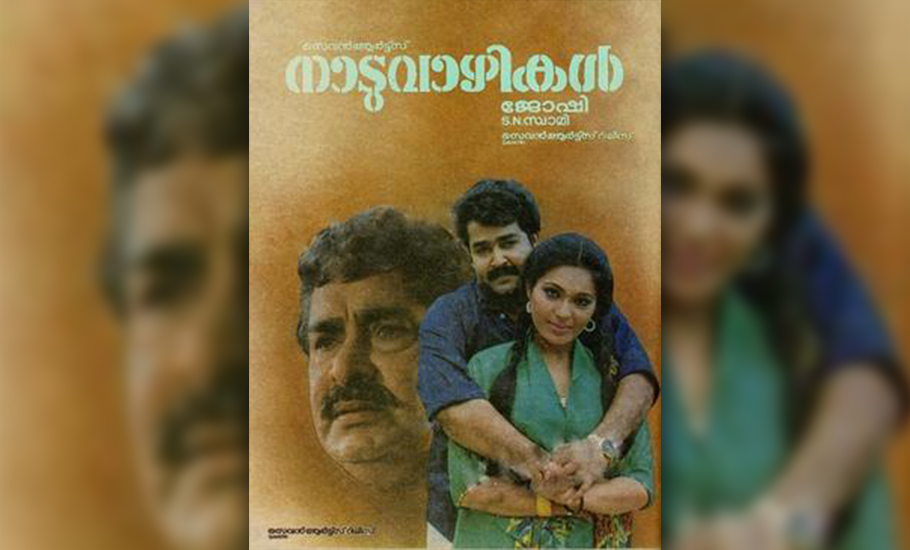
While Naduvazhikal is considered to be one of the earliest films inspired by The Godfather, the Malayalam film industry didn’t stop at that. The other films inspired by The Godfather include The Prince (1996), Lelam (1997), The Don (2006), Simhasanam (2012) and Malik (2021).
Sarkar: A blend of real and fiction
If the real-life character Varadharajan Mudaliar became a base for Velu Nayakan in Nayakan, Bal Thackeray became the inspiration for Subhash Nagare (played by Amitabh Bachchan) in Sarkar. The director of the film, Ram Gopal Varma, has openly said in his blog that Thackeray was the inspiration behind the creation of Subhash’s character.
“In spite of many people not having heard of the Mafia as it is a American phenomenon it had a such a high resonance across the world because those kind of people exist all over in forms of gang lords, political leaders, dictators or kings who can influence a lot of people with the strength of their personalities and their tremendous Power. In the Indian context I thought the closest reference was someone like Balasaheb Thackeray. There is this one man who without any official position or a political seat out of his personal charisma he can affect people to the extent of they are willing to die and kill for him (sic),” he wrote in his blog.
But for Varma, Sarkar is not the only film where he used scenes resembling The Godfather. The references taken from the Hollywood film could also be seen in his earlier films like Shiva (1989) and Satya (1998).
Rajmohan, who translated the screenplay of the book, The Godfather, into Tamil, says it is the ethics which the character of Vito Corleone lives by that makes the film unique.
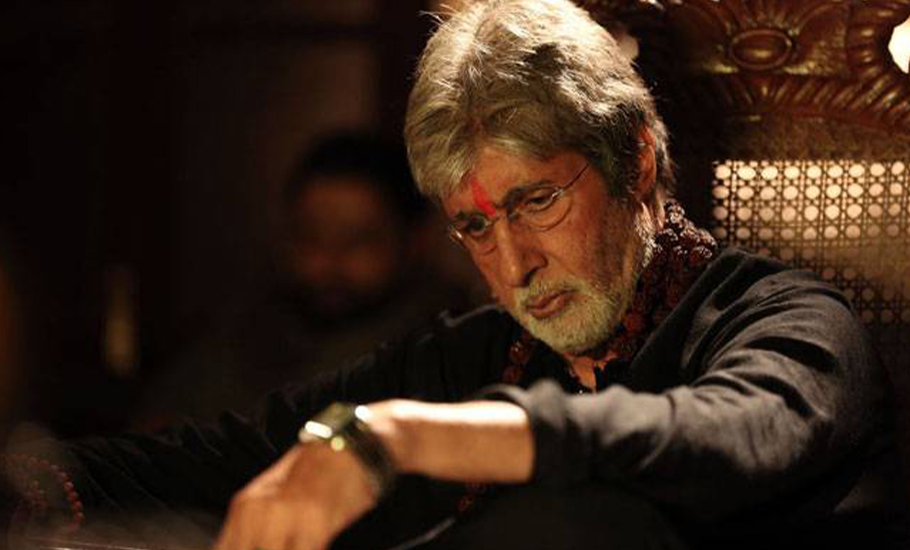
“We can distinguish Hollywood as before and after The Godfather. Until then, the films portrayed bad guys who indulge in crimes as bad guys. But it was The Godfather that broke the stereotype and showed that it is not necessary that the people who indulge in crimes should be seen as bad people. Even they have families, relationship issues and their own ethics and justifications. For example, Vito Corleone doesn’t indulge in narcotics. He had his own values,” Rajmohan said.
Talking about the impact of the movie found in Indian films, Rajmohan, told The Federal that while many in the audience sees films such as Nayakan and Sarkar as inspirations, a section of people reject those films as ‘copy cats’.
“We cannot say that those are copies. What Mani Ratnam and Ram Gopal Varma did was to find a parallel between the characters of Vito Corleone and Varadaraja Mudhaliar and Vito Corleone and Bal Thackery. Having said that, though the Indian film industry can continue to make movies inspired by The Godfather in the future as well, none can make a film in the gangster genre that can match Coppola’s film or even replicate the spirit found in Puzo’s work,” Rajmohan added.

